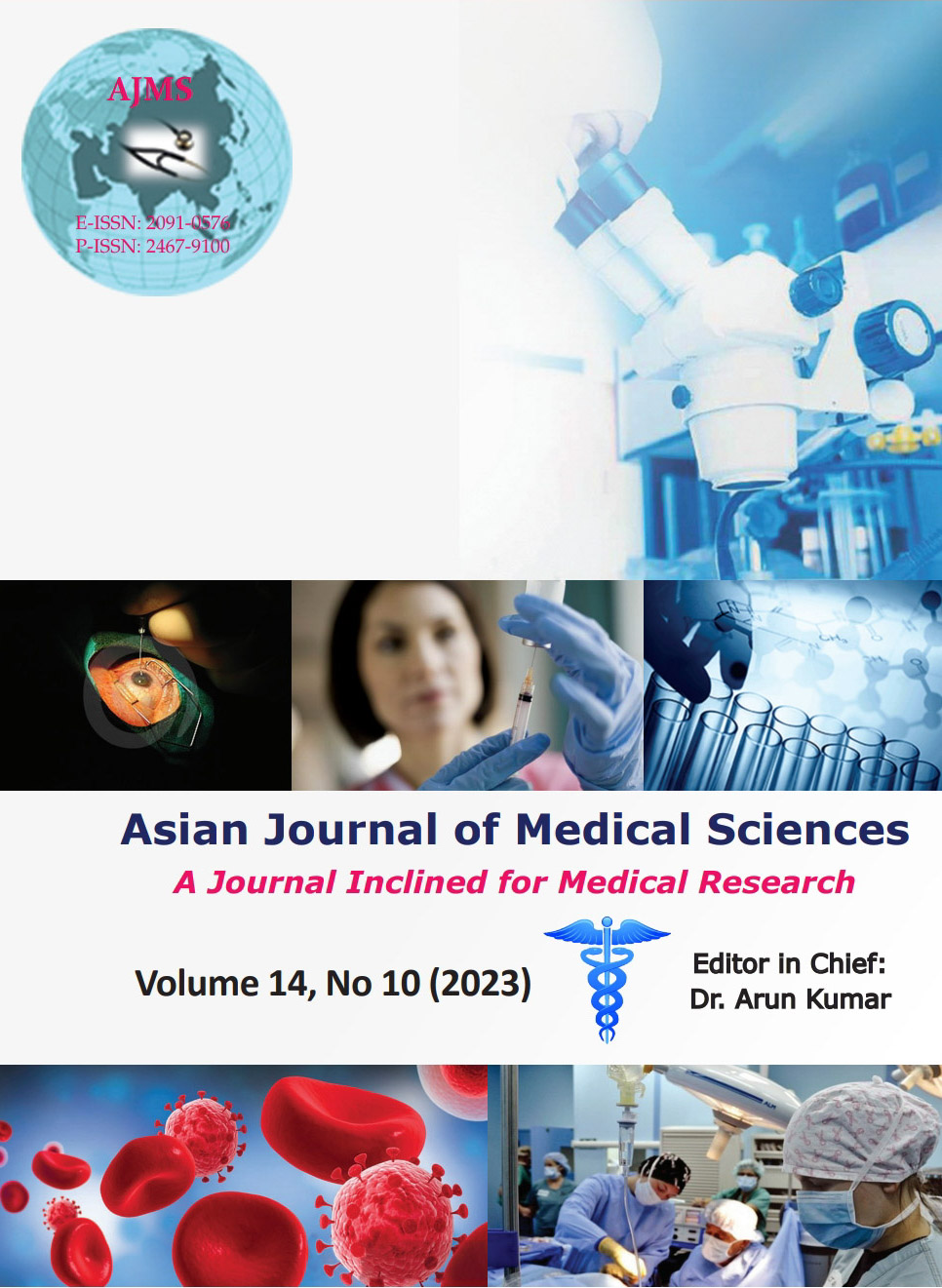A study of early experience with the use of buccal mucosa for substitution urethroplasty
Keywords:
Stricture urethra; Balanitis xerotica obliterans; Buccal mucosa; AUG; Uroflowmetry; Dorsal on lay; Ventral on lay; UrethroplastyAbstract
Background: The long-term results of internal urethrotomy are poor in stricture urethra. It requires repeated procedures followed up with repeated dilatation. Suprechko in 1886, was the first to describe the use of buccal mucosal graft (BMG). The new technique of dorsal on-lay graft Urethroplasty described by Barbagli in 1995, has been greeted with great amount of enthusiasm through the world.
Aims and Objectives: The aim of the study is to evaluate the efficacy of buccal mucosa graft in stricture urethra at our centre. The main objective of this study is to assess early complications in buccal mucosal Urethroplasty.
Materials and Methods: It is a prospective study conducted at Stanley medical college, Chennai from October 2011 to February 2013. A total of 13 patients were enrolled in the study.
Results: Out of 13 patients, 9 patients underwent dorsal on-lay BMG. 3 patients underwent dorsal on-lay+ventral meatotomy. 2 patients underwent dorsal on-lay+meatoplasty. Only two patients developed immediate post-operative wound infection. One patient developed 1 cm penile skin necrosis at ventral aspect of penis. None of the patient developed significant complications.
Conclusion: Dorsal on-lay is the preferred form of graft placement. BMG is the ideal substitute for urethra, especially in medium length urethral stricture. Oral cavity donor site had no significant complications. Failure rate was 15.38%, so dorsal on lay technique is ideal for urethral stricture with longer follow up required.
Downloads
Downloads
Published
How to Cite
Issue
Section
License
Copyright (c) 2023 Asian Journal of Medical Sciences

This work is licensed under a Creative Commons Attribution-NonCommercial 4.0 International License.
Authors who publish with this journal agree to the following terms:
- The journal holds copyright and publishes the work under a Creative Commons CC-BY-NC license that permits use, distribution and reprduction in any medium, provided the original work is properly cited and is not used for commercial purposes. The journal should be recognised as the original publisher of this work.
- Authors are able to enter into separate, additional contractual arrangements for the non-exclusive distribution of the journal's published version of the work (e.g., post it to an institutional repository or publish it in a book), with an acknowledgement of its initial publication in this journal.
- Authors are permitted and encouraged to post their work online (e.g., in institutional repositories or on their website) prior to and during the submission process, as it can lead to productive exchanges, as well as earlier and greater citation of published work (See The Effect of Open Access).




